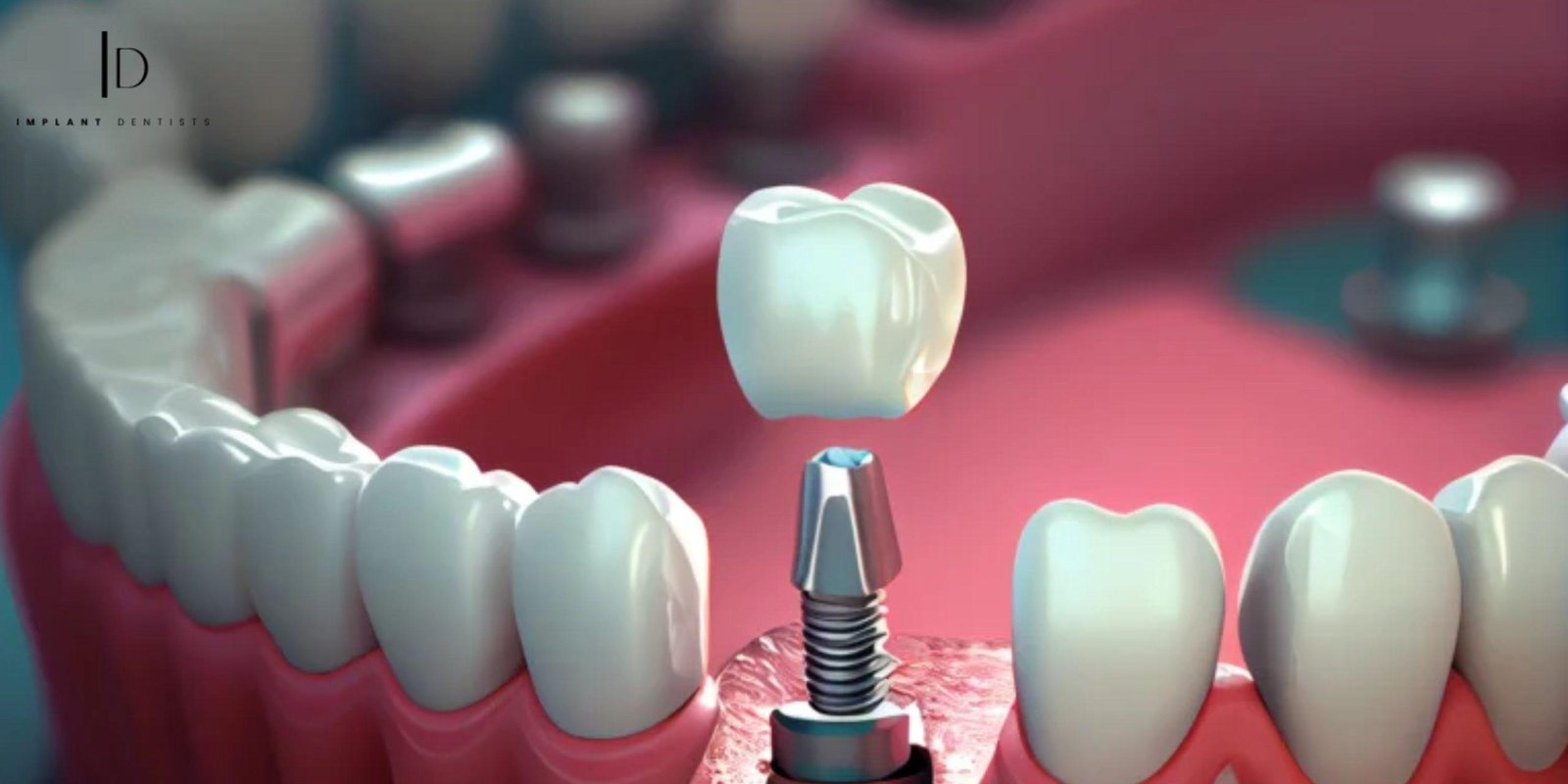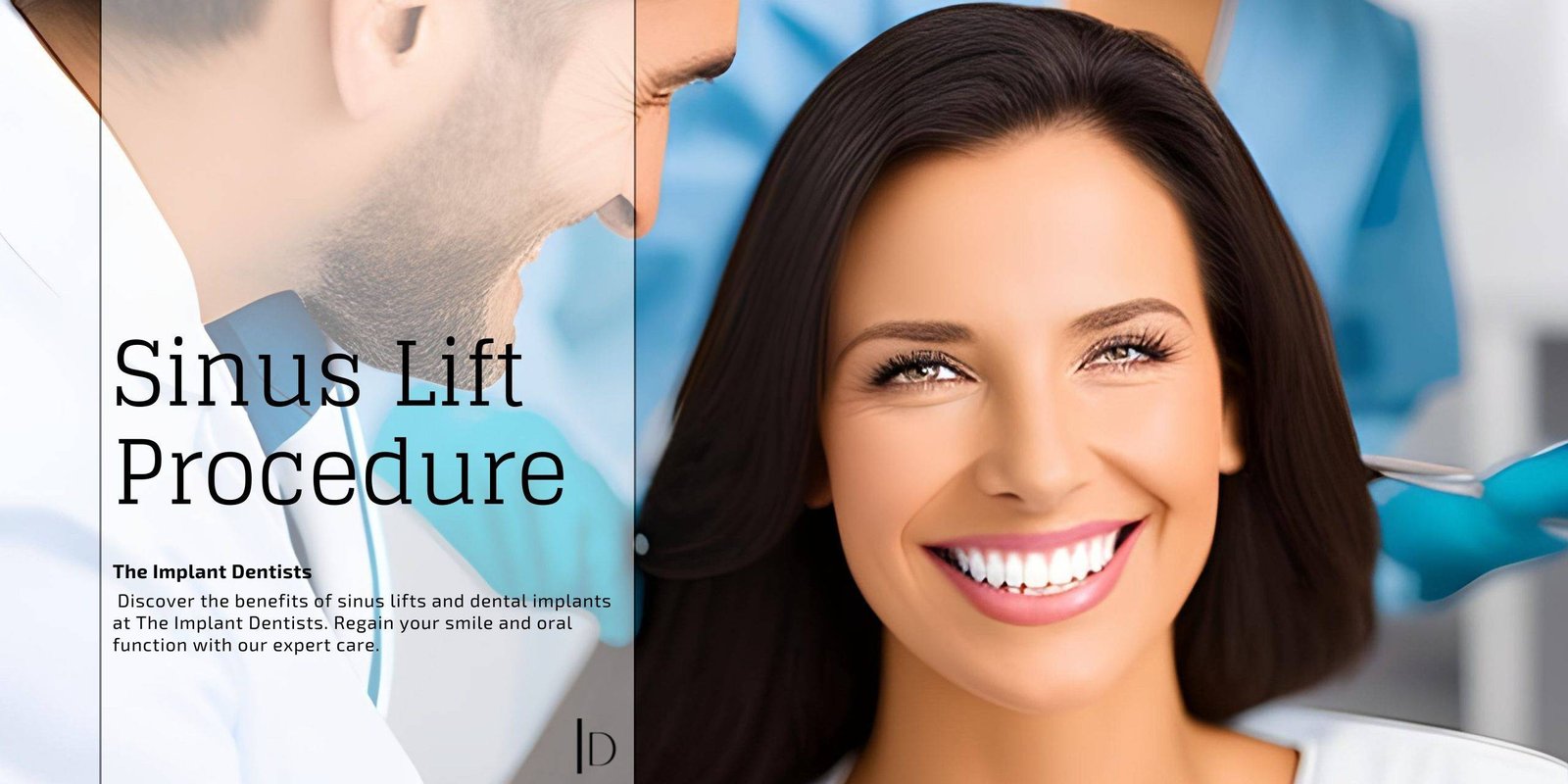Tag: Lost teeth

Bridge to Confidence | Exploring Bridge Tooth Implants and Replacement Teeth
February 29, 2024Losing a tooth can be an unsettling experience, impacting not only your smile but also your confidence and oral health. Fortunately, advancements in dental technology have introduced various solutions to restore missing teeth, including bridge tooth implants and replacement teeth. We’ll explore everything you need to know about these options, from their benefits to the procedure and aftercare.
What are Bridge Tooth Implants and Replacement Teeth?
Bridge tooth implants and replacement teeth are advanced artificial solutions carefully crafted to seamlessly integrate into your smile. To join advanced dental technology with precision craftsmanship, these innovations fill the gaps left by missing teeth. They renew your confidence and oral well-being in the process. Engineered for durability and comfort, they provide a permanent fix that harmonizes with your natural teeth. This ensures seamless functionality and a radiant smile for years to come.
Bridge Tooth Implants
These bridges are constructed from high-quality materials, such as porcelain, ceramic, or resilient metal alloys. They offer exceptional strength and durability. The materials used in these bridges are not only strong but also carefully chosen. They harmonize with the surrounding teeth, ensuring a seamless blend within your smile.
Replacement Teeth
Replacement teeth border a diverse array of solutions tailored to various dental needs. Dentures are one of the most common options for replacing multiple missing teeth. They are removable prosthetic devices that provide functional and aesthetic restoration. Dentures come in two forms, full dentures for entire arches of missing teeth, and partial dentures designed to fill gaps caused by the absence of one or more teeth in specific areas of the mouth.
Dental implants stand out as a remarkable advancement in dental technology. These implants serve as artificial tooth roots surgically implanted into the jawbone. They offer a robust foundation for replacement teeth, whether it’s a single tooth or multiple teeth. Dental implants provide a permanent and stable solution, mimicking the natural tooth structure and function with exceptional durability and longevity.
Benefits of Bridge Tooth Implants and Replacement Teeth
- Restored Functionality: Bridge tooth implants and replacement teeth enable you to chew, speak, and bite properly, restoring full functionality to your mouth.
- Improved Aesthetics: These prosthetic solutions replicate the appearance of natural teeth, enhancing the aesthetics of your smile and boosting self-confidence.
- Prevents Dental Issues: Replacing missing teeth helps prevent dental problems such as shifting of adjacent teeth, bone loss, and temporomandibular joint disorders.
- Long-Term Solution: Bridge tooth implants and replacement teeth are durable and long-lasting, providing a reliable solution for missing teeth that can last for many years with proper care.
- Preserves Facial Structure: Dental implants help preserve bone density in the jaw, preventing the deterioration of facial structure associated with tooth loss.
Procedure for Bridge Tooth Implants and Replacement Teeth
- Consultation: The process begins with a consultation with your dentist or prosthodontist to assess your oral health and discuss treatment options.
- Treatment Planning: We develop a personalized treatment plan for you, taking into account your specific needs and preferences, considering the number of missing teeth, evaluating the condition of your remaining teeth, and keeping your overall oral health in mind.
- Preparation: For bridge tooth implants, the adjacent teeth serving as abutments are prepared by reshaping them to take in the dental bridge. For replacement teeth supported by dental implants, implant placement surgery is performed to anchor the artificial tooth roots in the jawbone.
- Fabrication: After preparing the abutments or placing dental implants, the dentist takes impressions of your mouth. They then fabricate custom-made bridge tooth implants or replacement teeth. The new teeth are made to match the colour, shape, and size of your natural teeth.
- Placement: The bridge tooth implants or replacement teeth are securely attached to the abutments or dental implants, restoring your smile and functionality.
- Follow-Up Care: After the procedure, you’ll receive instructions on how to care for your new teeth and maintain good oral hygiene to ensure long-term success.
Aftercare for Bridge Tooth Implants and Replacement Teeth
- Practice Good Oral Hygiene: Brush your teeth twice a day, floss daily, and rinse with an antimicrobial mouthwash to keep your mouth clean and free of bacteria.
- Attend Regular Dental Check-ups: Schedule regular follow-up appointments with your dentist. Have routine examinations and professional cleanings done to monitor the health of your bridge tooth implants or replacement teeth.
- Avoid Hard Foods: Be cautious when eating hard or sticky foods that could damage your prosthetic teeth or dental implants.
- Quit Smoking: Smoking can increase the risk of complications for bridge tooth implants or replacement teeth. Consider quitting smoking to improve the success rate.
- Protect Your Teeth: If you participate in activities that could potentially harm your teeth, such as contact sports, wear a mouth guard. To protect your prosthetic teeth and dental implants, wear a mouth guard during contact sports.
Conclusion
Bridge tooth implants and replacement teeth offer effective solutions for replacing missing teeth and restoring your smile. If you choose a dental bridge or dental implants, these prosthetic devices can significantly improve your oral health. They can also enhance your function and aesthetics. If you’re considering bridge tooth implants or replacement teeth, consult with a qualified dentist or prosthodontist. They can help you explore your options and create a treatment plan tailored to your needs. With proper care and maintenance, you can enjoy a beautiful, functional smile for years to come.

Surgical Preparation for Dental Implant: Sinus Lift Procedure
September 12, 2023Introduction: The Power of Dental Implants in Restorative Dentistry
In the world of restorative dentistry, dental implants have emerged as a revolutionary solution, offering patients the opportunity to regain lost teeth with unmatched stability and natural aesthetics. However, when it comes to the upper jaw, certain challenges can surface due to the presence of the sinus cavities. This is where sinus lift procedures step in to enhance the feasibility of dental implant placement and ensure a successful outcome.
What is a Sinus Lift?
A sinus lift, scientifically referred to as a sinus augmentation, is a specialized dental procedure aimed at increasing the volume of bone in the upper jaw, specifically in the premolar and molar regions. This procedure becomes necessary when the natural bone has deteriorated over time, leaving insufficient height for stable dental implant placement.
The Sinus Lift Procedure Unveiled
The sinus lift procedure involves a series of meticulous steps that culminate in the creation of a strong foundation for dental implants. Here’s a detailed breakdown of what happens during this transformative process:
1. Accessing the Sinus Membrane
The first step in a sinus lift procedure is to create a small incision in the gum tissue, providing access to the sinus membrane. This membrane separates the oral cavity from the sinus cavity.
2. Gently Lifting the Membrane
With precision and care, the sinus membrane is gently lifted away from the jawbone. This delicate manoeuvre creates a space that will soon be filled with bone graft material.
3. Bone Graft Material Placement
In the space created by lifting the sinus membrane, bone graft material is meticulously placed. This material serves as a scaffold for the growth of new bone over time.
4. Integration of Graft with Existing Bone
Over a period of several months, the bone graft material integrates with the existing bone. This fusion results in a solid and robust foundation for the subsequent placement of dental implants.
When is a Sinus Lift Recommended?
Sinus lift procedures are typically recommended in specific scenarios where the upper jaw has experienced bone loss, making it challenging to securely place dental implants. Here are some common situations that warrant a sinus lift:
1. Long-term Tooth Loss in the Upper Back Teeth
Long-term tooth loss in the upper back teeth can lead to bone deterioration over time. A sinus lift becomes crucial in such cases to rebuild the bone structure and provide stability for dental implants.
2. Anatomically Low Sinus Position
In some individuals, the sinus cavity may have an anatomically low position, reducing the available height of bone in the upper jaw. A sinus lift is necessary to create the required bone height for implant placement.
3. Natural Bone Resorption Following Tooth Extraction
After tooth extraction, natural bone resorption can occur, leading to a decrease in bone volume. To counter this, a sinus lift is often recommended to restore the lost bone and enable successful implant placement.
The Benefits of Sinus Lift and Implants
Sinus lifts and dental implants offer a multitude of advantages that go beyond restoring a missing tooth. Let’s delve into the remarkable benefits they bring to the table:
1. Enhanced Chances of Implant Success
A sinus lift plays a pivotal role in ensuring that dental implants have adequate bone support. This significantly increases the likelihood of successful integration and long-term stability.
2. Restored Functionality
Dental implants, when placed in the upper jaw following a sinus lift, restore not only your smile but also your ability to chew efficiently. Enjoy your favourite foods without worry or discomfort.
3. Improved Aesthetics
Dental implants, supported by a healthy bone foundation, closely mimic the appearance of natural teeth. This contributes to an attractive smile that boosts your confidence.
4. Preservation of Facial Structure
Beyond aesthetics, dental implants also stimulate bone growth, preventing further bone loss. This preservation of facial structure safeguards against the potential changes caused by missing teeth.
Conclusion: Your Path to Dental Implants Starts Here
If you’re considering dental implants to regain your smile and oral functionality, The Implant Dentists is your trusted partner on this journey. Our team, led by Dr. Kalpesh, specializes in sinus lift procedures and dental implant placement. Contact us today to schedule a consultation and determine which procedures are best suited to meet your unique needs.
In summary, dental implants have revolutionized restorative dentistry, offering patients the prospect of regaining lost teeth with remarkable stability and natural aesthetics. Sinus lift procedures are the key to overcoming challenges in the upper jaw, ensuring the successful placement of dental implants. If you’re ready to embark on your journey to a confident smile and improved oral function, the path begins with a consultation at The Implant Dentists. Don’t let missing teeth hold you back – take the first step towards a brighter, more vibrant smile today.
